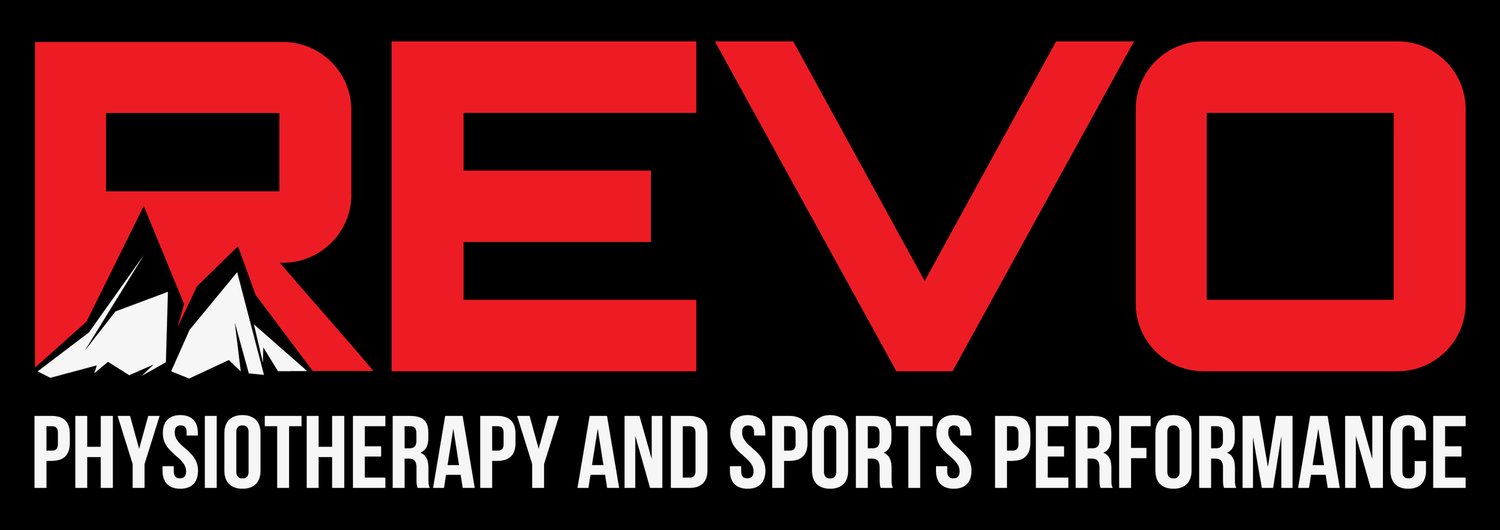Strength training for endurance athletes
“Many people have been impressed, even awestruck with my recovery. I’ve been asked frequently how it was possible to recover so quickly and to such a high level after such a serious accident. Although the process was grueling, arduous and full of set backs, my success in recovery can be attributed to one thing – my strength program.”
So what’s the deal with a strength routine for endurance athletes? Is it necessary? Won’t it make me slower, or cause me to bulk up?
These are questions I’ve asked myself, and excuses I’ve relied upon to prevent me from entering the weight room. As a professional ultra runner for The North Face, if I want to improve performance, it’s an easy default to think I must do MORE – miles, hours, vertical feet – to make improvements. Since the race distances I cover range from 30 -70 miles in one go, and cover extreme elevation changes, my immediate thought is – I need to put in a ton of volume so my body can handle these distances on race day.
Although this argument is true to some extent – running is the most specific way to train for a running race – it’s not the complete picture. If my body isn’t strong enough to withstand my training load, injuries will start to creep in. The most common source of injuries in runners originate from weak hips or core. These are the powerhouses which support the biomechanics of running, so why don’t we pay more attention to them, and strengthen them?
As an endurance runner, I did zero strength work. It wasn’t until I got my first running injury that I saw a physical therapist and began to understand the importance of strength. My injury was a pinched nerve in my calf. I thought I had strained it running, but it really resulted from a weak glute causing severe compensation issues. I was forced to stop running and had no choice but go to the gym and address my hip imbalances.
At first I viewed my gym work as a tedious task, boring, and something I could leave behind when I returned to the trails. But, when I was able to start running again, I noticed how smooth, fluid and effortless my running felt. Maybe it could be the strength work? So, I continued my strength routine as I upped my running volume and I continued to see the benefits. It was the strength work that changed my body’s ability to withstand my training load. It became my new routine, and kept me injury free for 2 years, competing at a professional level.
Last year, however, I was faced with a new challenge. During the final race of my season, a rock gave way underneath my foot and I fell 150 feet off of a ridge-line. I broke 14 bones including my back and some major ligaments in my feet and ankles. I was told I would never run again, let alone compete at a world class level. My spirit – and body – were crushed.
I was faced with an intense recovery, starting from ground zero. I had to learn how to walk again before I could even think about running. So what did I do? I got my butt into the weight room.
Now, I’m going to ruin the surprise, but nearly a year after sustaining such traumatic injuries I’m back competing and running. Many people have been impressed, even awestruck with my recovery. I’ve been asked frequently how it was possible to recover so quickly and to such a high level after such a serious accident. Although the process was grueling, arduous and full of set backs, my success in recovery can be attributed to one thing – my strength program.
Long before I could run, or even walk properly, I was working with Revo Physiotherapy and Sports Performance. I would come in 5 days a week working on my hip strength, glute activation, and an all around strength program for endurance athletes. If it wasn’t for their devotion and expertise in rebuilding my body (and booty), I would have never been strong enough to start running trails again. It wasn’t about the number of miles I was putting in, it was about how strong my supporting framework was to withstand the training, allowing me to compete at my first ultra only 10 months after the accident.
So if you have doubts about your performance, maybe some niggles that keep popping up, or you’re in need of an off-season activity, I encourage you to head into Revo. They will get you up and running again, and stronger than before. From a performance and injury prevention perspective, strength training is the best thing I ever did for my endurance running.
So go work on that booty, you’ll enjoy more about it than just the look in the mirror.



